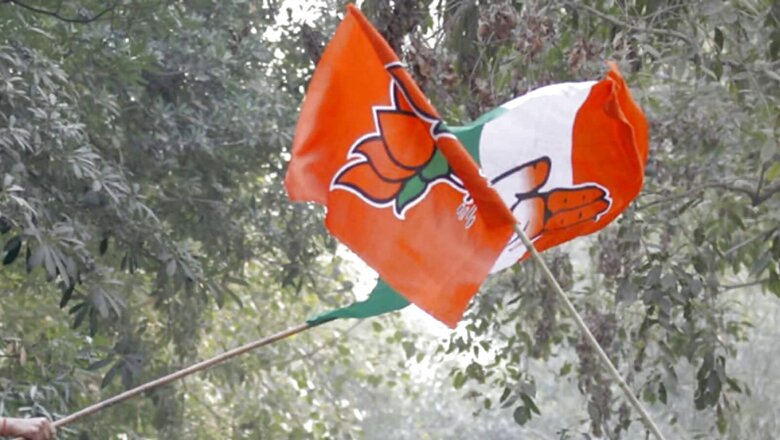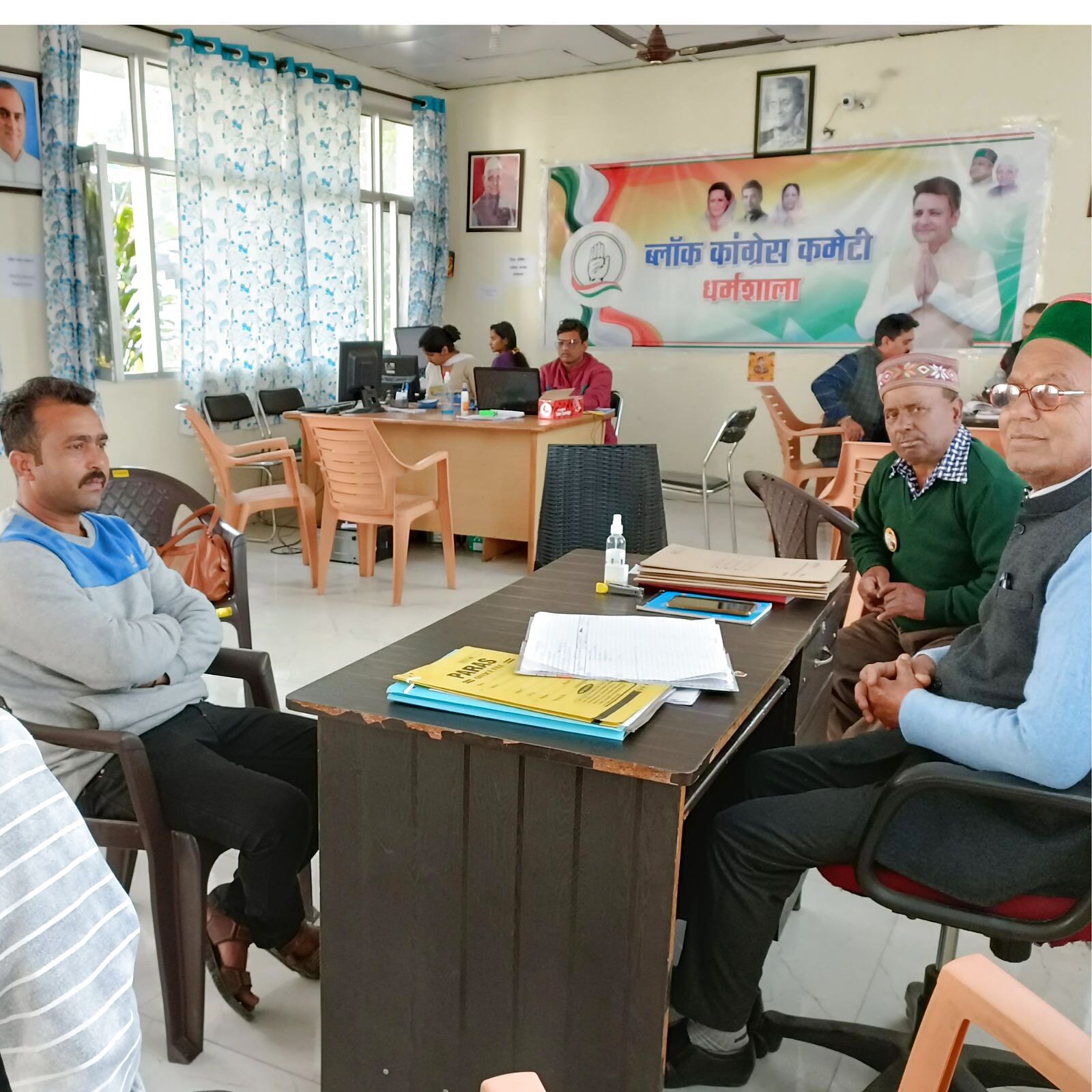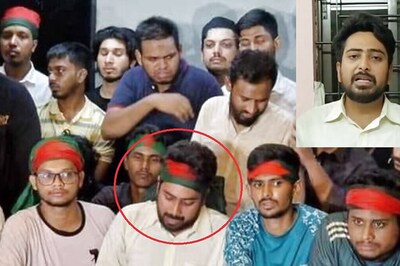
views
It’s a raging poll issue in Himachal Pradesh. The Congress’ poll plank of bringing back the Old Pension Scheme have left political analysts whether the promise will manage to dent the BJP’s performance in the soon-to-be held assembly elections in the hill state.
The Aam Aadmi Party had also jumped on the wagon, promising to implement OPS if the party forms the government. And while the state’s ruling Bharatiya Janata Party (BJP) has avoided making any promises, it has stated that it will proceed based on the report of the panel established by the Jai Ram Thakur-led government.

News18 Explains why the scheme has become a talking point in the state:
How is OPS and NPS Different?
Old pension scheme (OPS)
• Employees in the OPS receive 50 per cent of their last drawn basic pay plus dearness allowance or their average earnings in the last ten months of service, whichever is greater. The employee must complete a ten-year service requirement, explained a report by Mint.
• Employees are not required to contribute to their pensions under OPS. The guarantee of a post-retirement pension and a family pension was an incentive for taking on government employment. There was no pressure to build a retirement fund. Because of rising life expectancy, OPS has become unsustainable for governments.
New Pension Scheme (NPS)
• Those employed by the government contribute 10% of their basic salary to their pension under NPS, while their employers contribute up to 14%. Employees in the private sector can also participate in the NPS voluntarily, though some rules have changed.
• The customer has much more flexibility and a greater sense of control over her fate with NPS. Regardless of equity or debt, a professional pension fund manager can ensure superior returns and a larger retirement corpus. The Mint report further explains that unlike defined benefit plans, NPS is a defined contribution plan. If you have no appetite for risk, the guaranteed payout feature in OPS is undeniably appealing.
Why is NPS Opposed?
The opposition can be explained by the points stated in a letter recently shot off the Cabinet Secretary by the federation of Central Government Employees’ Unions, which has called it a disaster for old and retiring employees.
According to the federation, a Defence establishment official who retired recently after more than 13 years of service received only 15% of the assured pension he would have received under the OPS.
The official with a basic pay of Rs 30,500 received a monthly pension of Rs 2,417 under the NPS, as opposed to the Rs 15,250 pension he would have received under the OPS.
Another official with a base salary of Rs 34,300 received a monthly pension of Rs 2,506 after more than 15 years of service, whereas under the OPS, he would have been entitled to a pension of Rs 17,150.
And why Himachal Has Special Stake in This Problem
Himachal Pradesh, which goes to the polls on November 12, has approximately 2.5 lakh government employees.
Another 1.90 lakh employees are now retired and receiving pensions. According to Newslaundry, despite the fact that only 55 lakh voters decide the fate of political parties, these active and retired government employees, along with their dependents, form a strong voter base.
The Himachal New Pension Scheme Employees Association (NPSEA), an organisation formed in 2015 to demand the return of the OPS, has mobilised people on the ground and is raising awareness of the issue through its social media platforms. Bharat Sharma, general secretary of the NPSEA, said the restoration of OPS is a major political issue in the hill state.
What News18 Learned on the Ground
A retired government employee Hari Singh Verma told News18 his woes. “The BJP has not done any work, our pension was also stopped. We went to court, but in vain. Priyanka Gandhi Vadra has promised old pension scheme…we are in favour of that. There is so much inflation, a gas cylinder is for Rs 1,100. What will a poor man do?” Verma says. READ MORE
Read all the Latest Explainers here



















Comments
0 comment